Hutchpocket
Member
- Messages
- 14
- Location
- Ascot Berks
We have since uncovered around 8 drains all covered over with paving, some blocked. All sorted now but the damage has been done, we will be lifting these tomoz. It’s not looking goodHi There,
If the photos are representative of other areas I would say they are wet and not merely damp and it looks like water is rising between the joints. Like it or no you need to find out whats going on asap. Lift a few blocks in an affected area to take a look. Also, are there any water sources or services nearby?
so we lifted up some of the blocks and this is what we found. I assume this is old bitumen ? Could the concrete floor underneath be cracked? Do we need to lift the whole lot and have a water proof sealant applied? Many thanksHi There,
If the photos are representative of other areas I would say they are wet and not merely damp and it looks like water is rising between the joints. Like it or no you need to find out whats going on asap. Lift a few blocks in an affected area to take a look. Also, are there any water sources or services nearby?
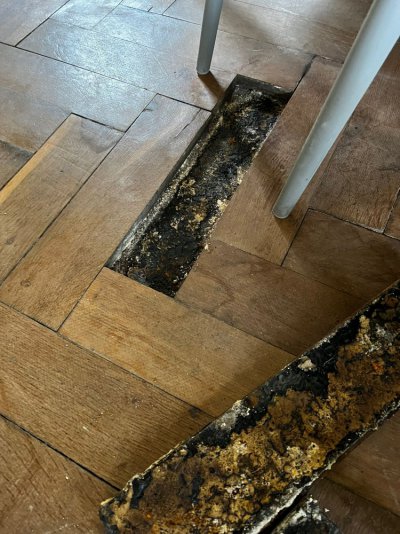
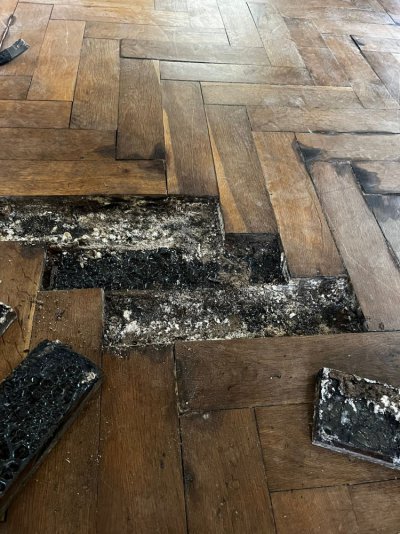
I think you are unlikely to fix the problem by making the concrete floor waterproof. Many people live with imperfect concrete floors and don't have soaking wet carpets. I would not take up the parquet without some other investigation first. Though now you have some of it up did you find water underneath when you lifted them?Could the concrete floor underneath be cracked? Do we need to lift the whole lot and have a water proof sealant applied?
HiThanks all, the drains that were uncovered were outside the property. We have had full cctv survey and all now working properly and none going under the house. One had root growing through it but that has been replaced. The parquet was like this when we moved in. The house had been empty for 2 years. It used to be thatched. I also thought about the paper towel and am currently going down that route. Fingers crossed it’s not as bad as it looks
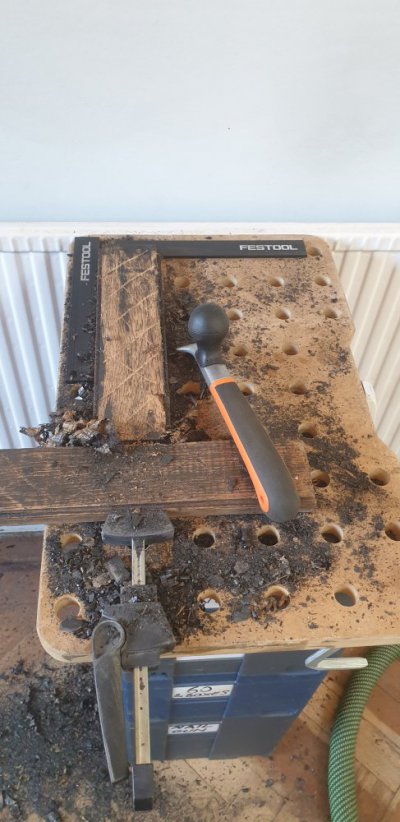
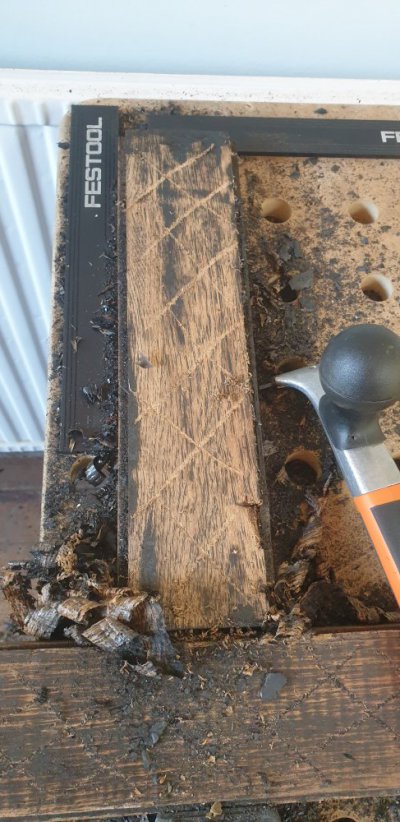
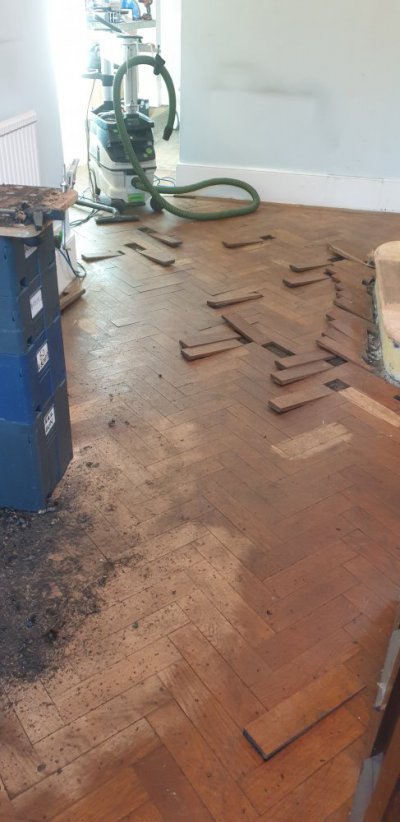
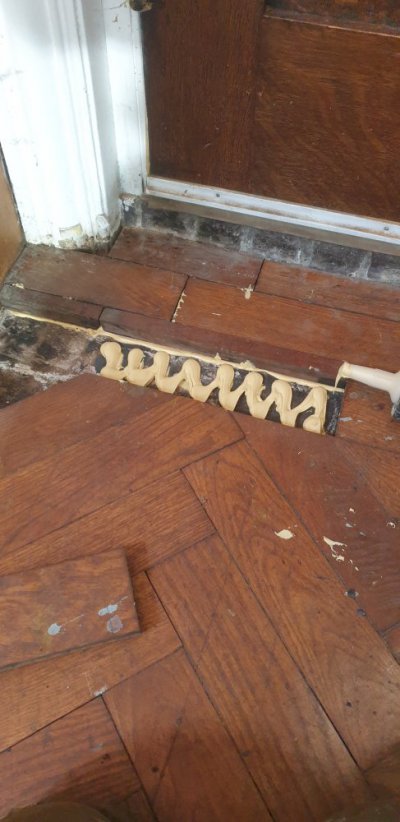
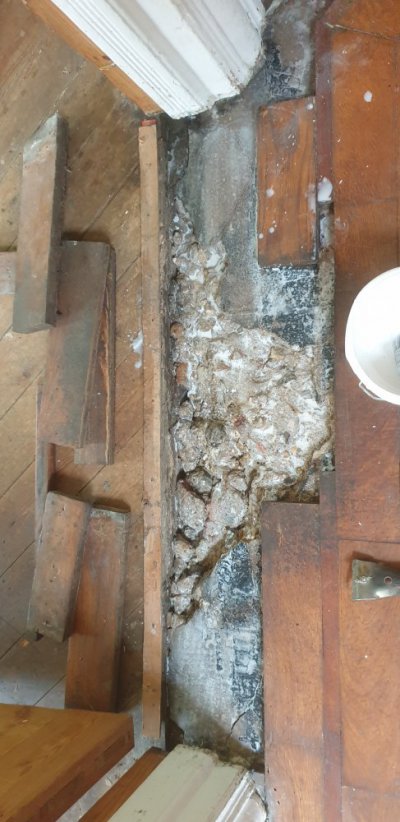
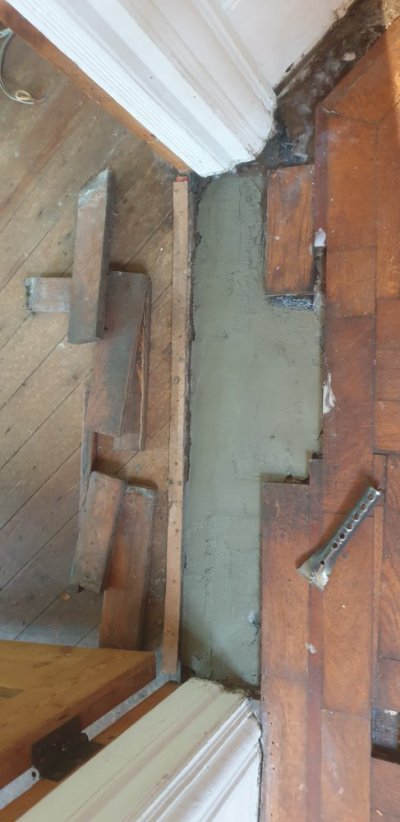
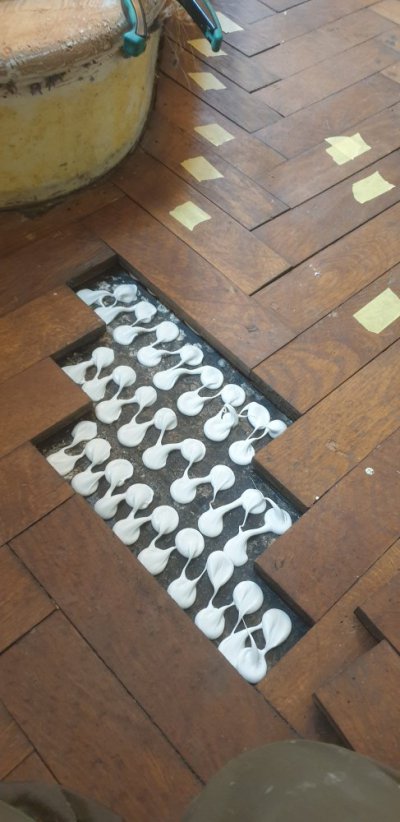
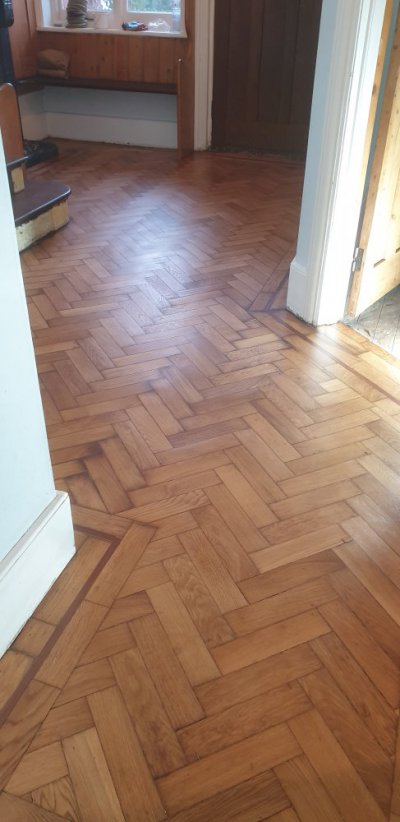
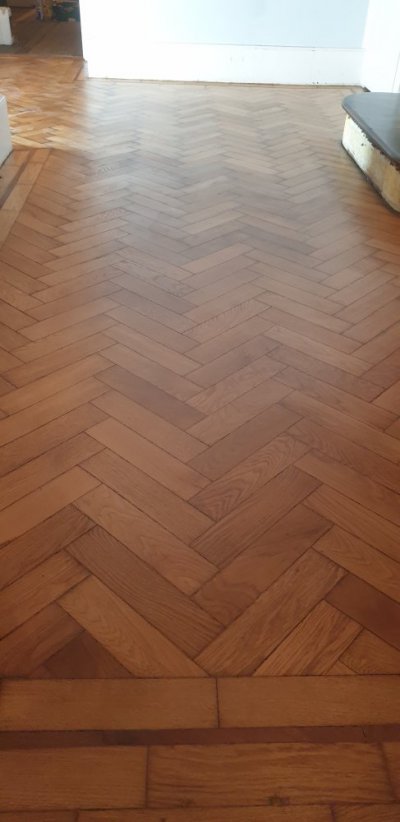
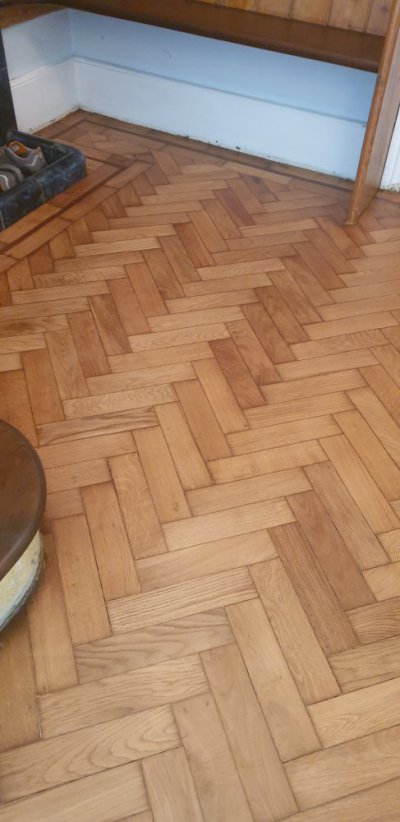
Are your walls damp too? Only in extreme circumstances will you need a chemical injection and plaster hacked off, if you have the time post some more photos of your house on here and members will be able to help you decide the best course of action.Wow that looks absolutely amazing. Thank you so much for all of your advice. We will have to read your thread a few times until we get the hang of it. The house we believe was built around 1840 and has had v little tlc. It’s good to hear the floor can hopefully be saved. We have been told we need to have a chemical injection in the walls and plaster hacked off when we had a survey done.
I second that.Are your walls damp too? Only in extreme circumstances will you need a chemical injection and plaster hacked off, if you have the time post some more photos of your house on here and members will be able to help you decide the best course of action.
I'm sometimes in the Ascot area for work, happy to take a look.
That would be amazing! I will try and post some more pics. The walls were wet, but we have had a French drain put that side of the house and they seem much dryer we also took off the damp wallpaper. But I put a humidifier in yesterday and it’s still showing over 70, and have just emptied 20 litres of water from the tankAre your walls damp too? Only in extreme circumstances will you need a chemical injection and plaster hacked off, if you have the time post some more photos of your house on here and members will be able to help you decide the best course of action.
I'm sometimes in the Ascot area for work, happy to take a look.
When I'm next in the area I'll give you a heads up.That would be amazing! I will try and post some more pics. The walls were wet, but we have had a French drain put that side of the house and they seem much dryer we also took off the damp wallpaper. But I put a humidifier in yesterday and it’s still showing over 70, and have just emptied 20 litres of water from the tank
Thank you for your reply, when you say gunk? Also what height should holes be drilled outside I assume? ThanksI second that.
I see damp all the time (visit dozens of perood properties a year) as has been said it's usually (in my experience) A. Overheight poured concrete / stone soil helping to bridge the dpm and / or block airbricks and B. Gutter / Drain issues. In very old properties you also have rising damp where concrete used instead of limecrete.
In addition the dpm may have failed in places.
Injecting will bolster the dpm but may not cure an issue with any of above. Drill a few holes and pump some gunk is an easy solution to a problem that may be elsewhere.
I am not an expert in these matters, I defer to the many damp experts / experienced owners on here.Thank you for your reply, when you say gunk? Also what height should holes be drilled outside I assume? Thanks
We have been told we need to have a chemical injection in the walls and plaster hacked off when we had a survey done.
